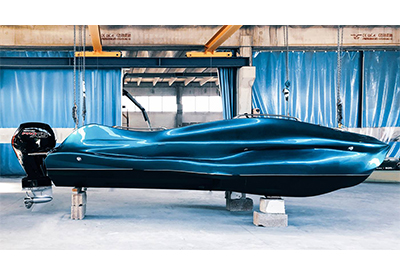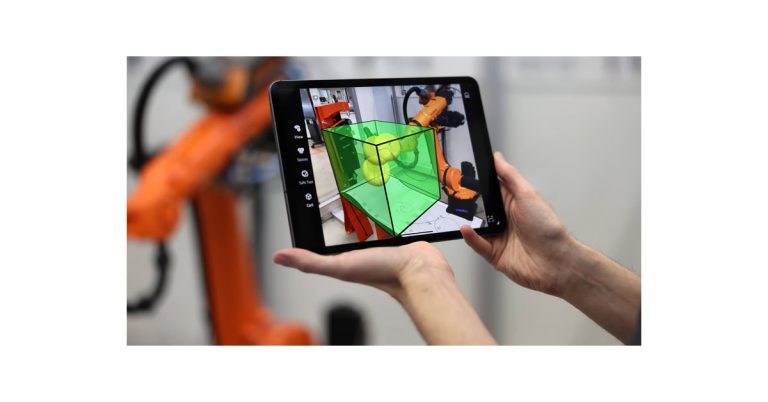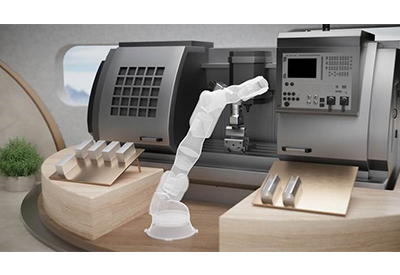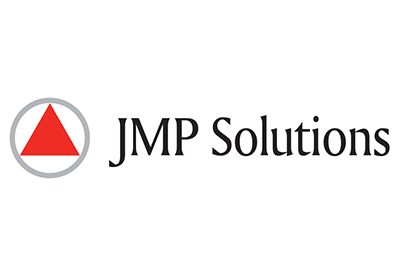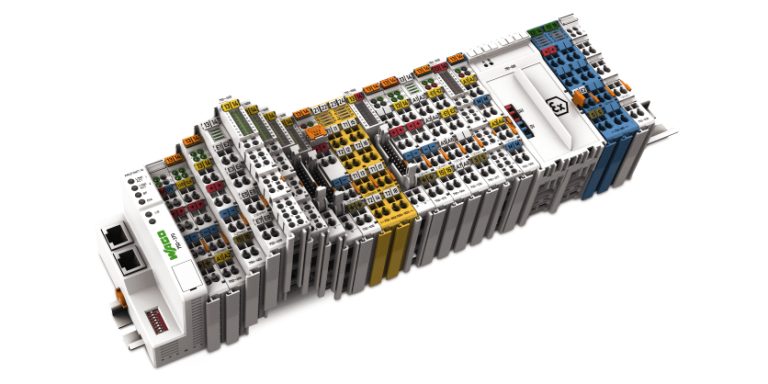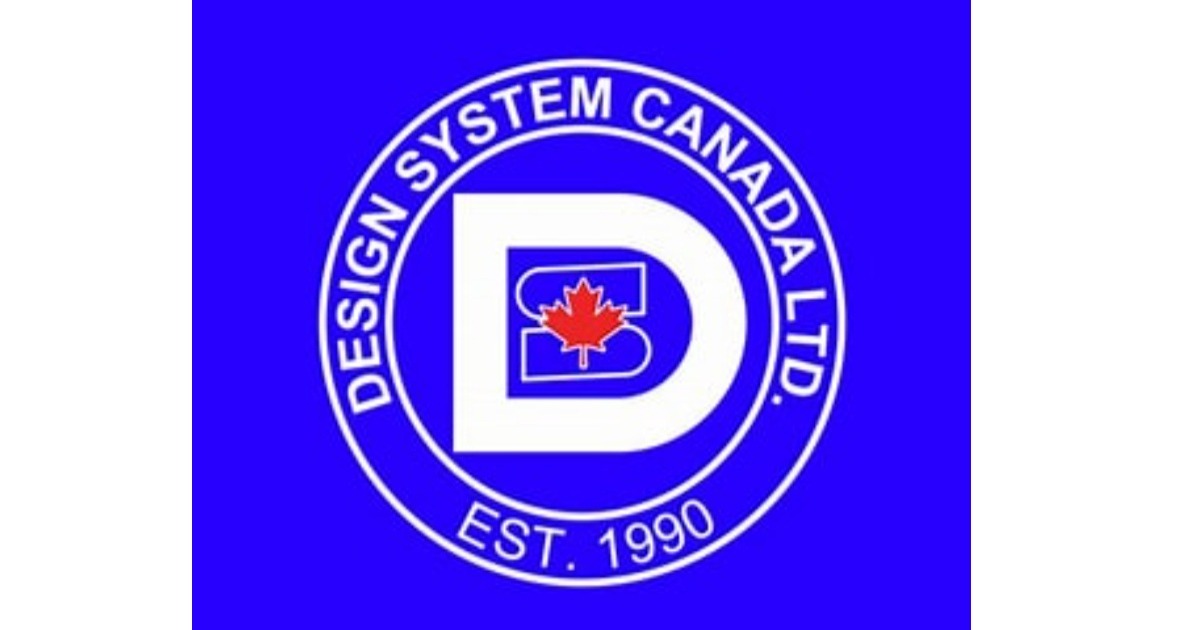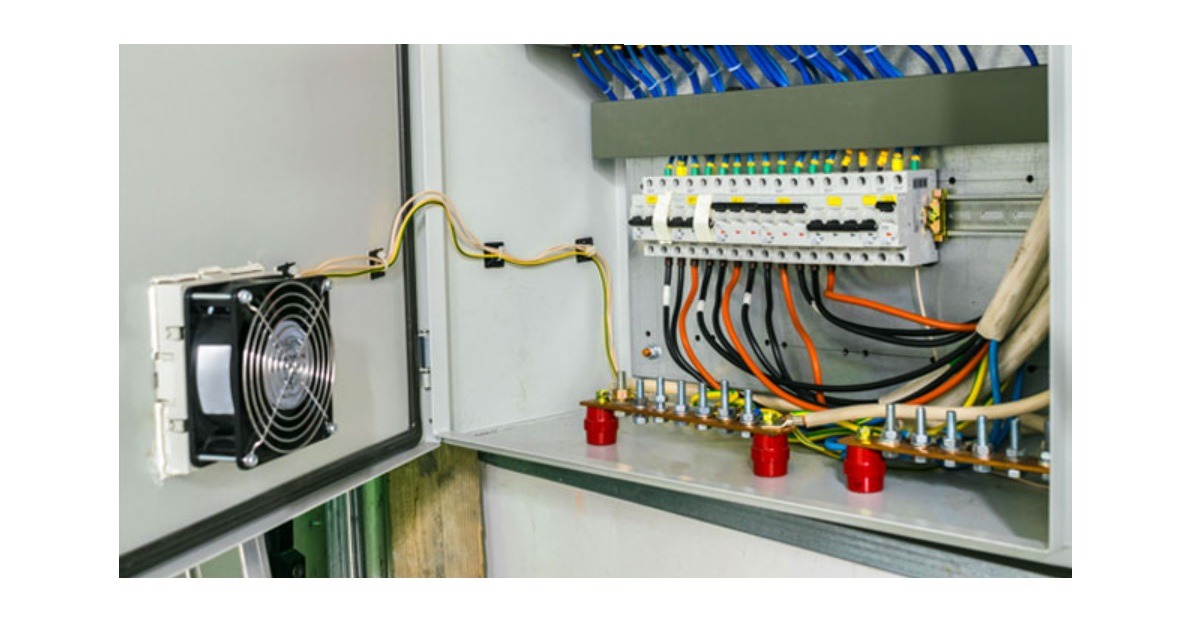How to Choose the Right Disconnect Switch
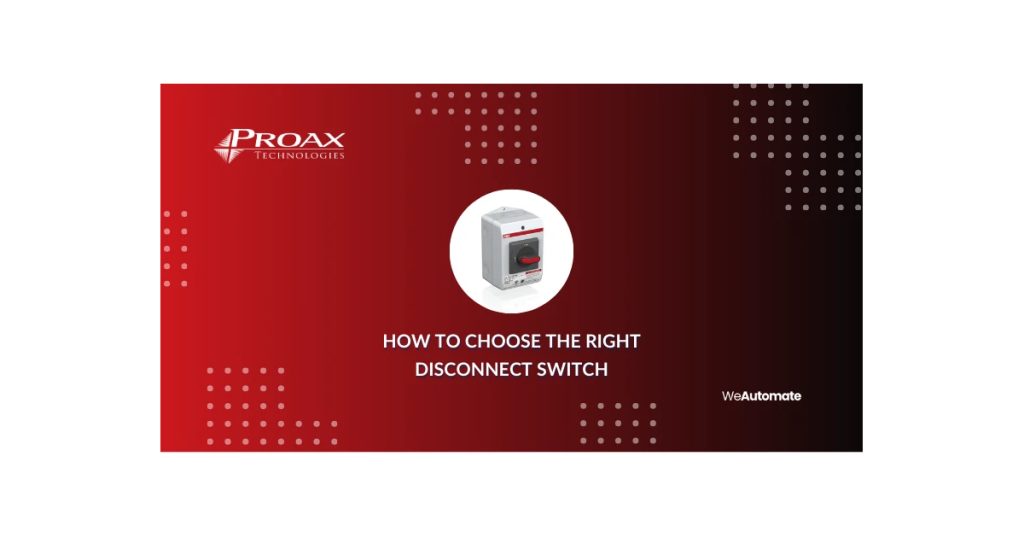
August 20, 2024
When it comes to electrical safety, a disconnect switch is essential for protecting people and equipment. This gadget lets you to swiftly and simply turn off power in an emergency or during maintenance, resulting in a safer work environment. Understanding how disconnect switches work will help you make more educated decisions regarding your electrical systems.
What is a Disconnect Switch?
In electrical systems, a disconnect switch is an essential safety feature. It offers a way to cut off electrical equipment from the power supply, guaranteeing secure upkeep and prompt emergency responses. Disconnect switches are frequently utilized in a variety of contexts, such as homes, businesses, and industries.
Understanding how to choose a disconnect switch involves taking into consideration specific variables such as rated voltage, amperage, and application type. Industrial disconnect switches frequently have better ratings and stronger construction than residential options.
When choosing the proper device, consider assessing load break switches, which allow for the safe interruption of current under load conditions. Knowing how to size a disconnect switch guarantees that the switch is capable of handling the electrical load safely and efficiently. Incorporating these elements results in more informed decisions, which improve system safety and performance.
How to choose a Disconnect Switch
- Determine the Application Type: Decide if the disconnect switch is for residential or industrial use. Industrial disconnect switches often have better ratings and stronger construction than residential options.
- Evaluate Rated Voltage and Amperage: Examine the operational voltage and current demands of your system. To keep the system running smoothly, ensure that the disconnect switch meets these parameters.
- Consider Load Break Switches: Determine whether you require a load break switch, which provides for safe current interruption during load circumstances. These switches increase safety during maintenance.
- Size a disconnect switch: The disconnect switch should be accurately sized for the electrical load it will manage. Incorporating both continuous and peak load requirements improves operational efficiency.
- Assess the Environment and Location: Examine environmental issues such as moisture or chemical exposure. Choosing a switch with enough durability and weather resistance guarantees lifespan and dependability.
- Assess Environment and Location: Analyze the environmental factors, such as exposure to moisture or chemicals. Choosing a switch with appropriate durability and weather resistance ensures longevity and reliability.
Types of Disconnect Switches
Knowing the types of disconnect switches improves your potential for selecting the right one for specific applications.
Fusible Disconnect Switches
The fusible disconnect switches have fuses in order to provide overcurrent protection. This type of switch trips during overload conditions and prevents electrical equipment from being damaged. Consider the rating and voltage of your system as you decide to choose a fusible switch for appropriate protection.
Non-Fusible Disconnect Switches
Non-Fuse Disconnects Standalone non-fuse disconnect switches offer isolation without integrating fuses. In many cases, the switches are utilized in systems where overload protection is handled by circuit breakers. Size a disconnect switch correctly, according to your application’s load requirements, and ensure safety with efficiency.
Battery Disconnect Switches
Battery disconnect switches allow you to isolate batteries from electrical systems. These switches are designed for safe servicing of DC electrical systems and protection against overcurrent conditions. Choose a switch rated for the voltage and current rating of your battery while considering the overall user experience.
Electrical Disconnect Switches
The electrical disconnect switches serve to disconnect lines and apparatus from their power sources. These disconnect switches are important tools in industrial environments for securing maintenance and emergency shutdowns. Always use a switch that matches the amperage and voltage required by your circuit for peak performance.
ABB Disconnect Switches
Proax is a proud distributor of ABB, a global provider of power and automation technologies. ABB’s disconnect switches are well-known for their high dependability, longevity, and strict adherence to international safety regulations. These switches are built to withstand the harshest environments, ensuring reliable and safe functioning in a variety of industrial and commercial applications.

